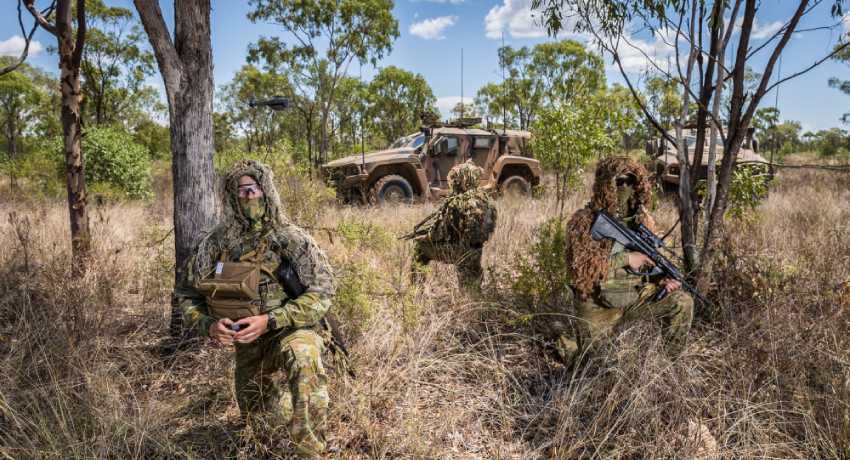The Henry Jackson Society, a leading public policy think tank from the UK, has called for Australia to play a greater role in international political and strategic affairs, with the 2019 Audit of Geopolitical Capability recognising the nation’s growing international clout.
To continue reading the rest of this article, please log in.
Create free account to get unlimited news articles and more!
Australia has long been identified as a 'middle power' essential to enhancing and sustaining the post-World War Two economic, political and strategic order. The nation has benefited from the global stability and prosperity, however, the rise of superpowers like China and renewed Russian aggressiveness and ambition, combined with the rise of Indo-Pacific Asia and Africa, is reshaping the global order.
Building on this, Australia has positioned itself in this new global paradigm to emerge as the eighth most-capable nation behind France, Germany, Japan and Canada, respectively. This positioning saw Australia ranked above major global powers including India and Russia.
The audit recognises the following as the 10 most powerful nations:
- United States;
- United Kingdom;
- China;
- France;
- Germany;
- Japan;
- Canada;
- Australia;
- India; and
- Russia.
The Henry Jackson Society's chief analyst, James Rogers, said, "In global affairs, large barks often hide small dogs and this seems to be the case with Russia. Once a major geopolitical player, in capability terms it now sits behind Canada, Australia and India."
As part of renewed focus on geopolitics, the Henry Jackson Society's Audit of Geopolitical Capability: An Assessment of Twenty Major Powers provides an overview of the rapidly changing world order, identifying and ranking the world's 20 most powerful nations across a number of metrics, including economic, political, diplomatic and strategic capabilities, namely:
- National base: Captures the underlying and largely unchangeable foundations of national capability, from which any major power must draw to generate the structures and instruments to protect and/or extend both itself and its interests.
- National structure: Includes the “infrastructure” of national capability, i.e. those structures developed to draw off the national base, to generate deployable capabilities and instruments.
- National instruments: The diplomatic and military tools generated by the national structure for self-defence and to facilitate engagement with the wider world.
- National resolve: Covers the largely 'intangible' dimension of geopolitical capability, in terms of the overall efficacy of each major power’s central government, as well as its willingness to uphold specific capabilities to defend itself and affect change at the international level.
"In fact, Russia's decline and Australia's rise are now so pronounced that there is a prima facie case for Australia to join the G8, taking the seat that Russia has lost," Rogers added.
The audit recognised a number of contributing factors for Australia's increasing prominence in the global power rankings, including:
- The nation's long-term economic stability resulting from a period of 26 years without recession;
- The nation's relative political stability and well-respected reputation in the international community;
- The robust alliance and economic frameworks Australia has developed over the last 75 years; and
- The Commonwealth government's focus on modernising and recapitalising the Australian Defence Force and increasing the capability and international competitiveness of the domestic defence industry.
In particular, the government's $90 billion naval shipbuilding plan that will deliver new capabilities to the Royal Australian Navy, including the $35 billion SEA 5000 Hunter Class frigates, the $80 billion SEA 1000 Attack Class submarines, SEA 1180 Arafura Class Offshore Patrol Vessels, which will operate in conjunction with the Canberra Class LHDs and Hobart Class Guided Missile Destroyers, providing unparalleled levels of maritime deterrence and force projection.
Additionally, the Air Force's transition to a fifth-generation combat force, centred upon the F-35 Joint Strike Fighter and other key force multipliers like the P-8A Poseidon, the MQ-4C Triton and future acquisitions of armed unmanned aerial systems, combined with with upcoming Army procurement projects including the LAND 400 Phase 2 Boxer Combat Reconnaissance Vehicles (CRV) and the to-be-announced LAND 400 Phase 3 Armoured Fighting Vehicle, all serve to position Australia as a potent geopolitical power.

 Login
Login







